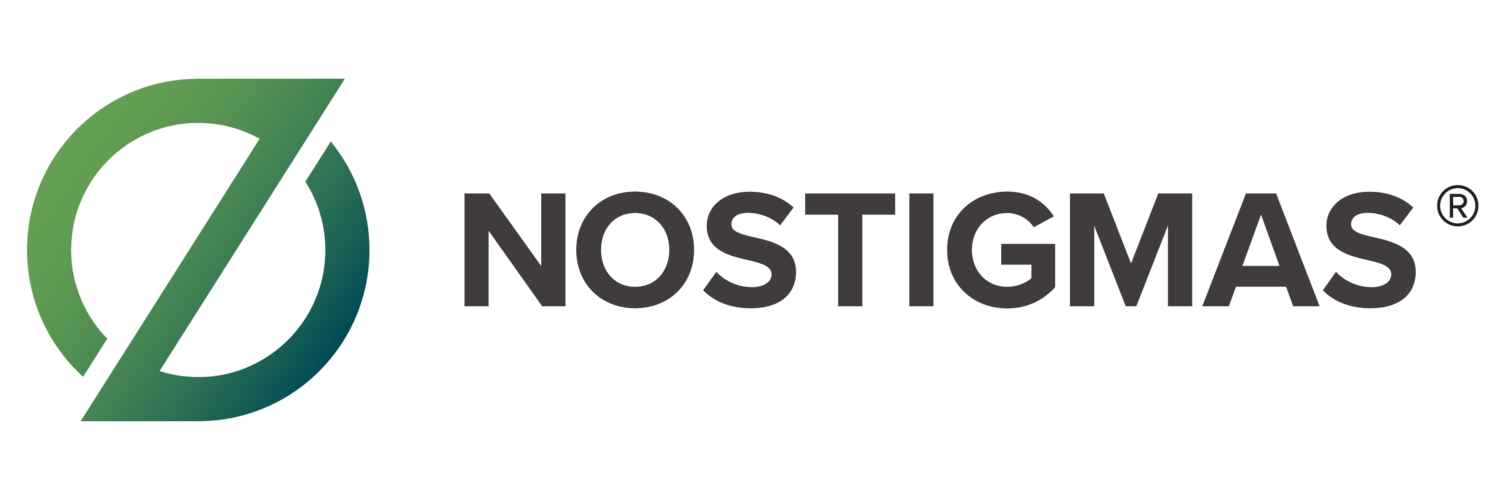What is light therapy?
Light therapy (sometimes referred to as phototherapy or bright light therapy) is a type of treatment that uses light to treat many different disorders. The process for light therapy is fairly simple, and usually involves sitting in front of a special “light box” that provides a certain amount of light, depending on a person’s needs and sensitivity level. This normally happens in the early morning hours, shortly after waking up, and can last from as little as 30 minutes to a few hours. This is meant to simulate the natural sunlight that many people do not get, which can lead to light deprivation and possibly contribute to depression or depressive symptoms. For more on the scientific ways light therapy affects the body, click here.
What can it treat?
Seasonal Affective Disorder (SAD)
Seasonal affective disorder is a type of depression that is thought to be caused by the shortening of daylight hours during the autumn and winter months. Many researchers think light therapy helps relieve SAD symptoms by regulating the internal clock. Treatment is typically started in the fall or early winter, before the symptoms of SAD begin.
Depression
People who suffer from non-seasonal depression may also benefit from light therapy. While light therapy has not been shown to be a replacement for depression medications, there has been some evidence that shows it can help general depression symptoms.
Sleep Disorders
For those who don’t suffer from depression or seasonal affective disorder, light therapy has also been shown to be effective in treating various sleep disorders, from shifting sleep cycles to helping insomnia.
As with any potential treatment, there are relatively minimal risks associated with attempting light therapy. You should not begin this type of treatment without the consultation of a physician or health professional.
For more information on light therapy, please refer to the following resources:

